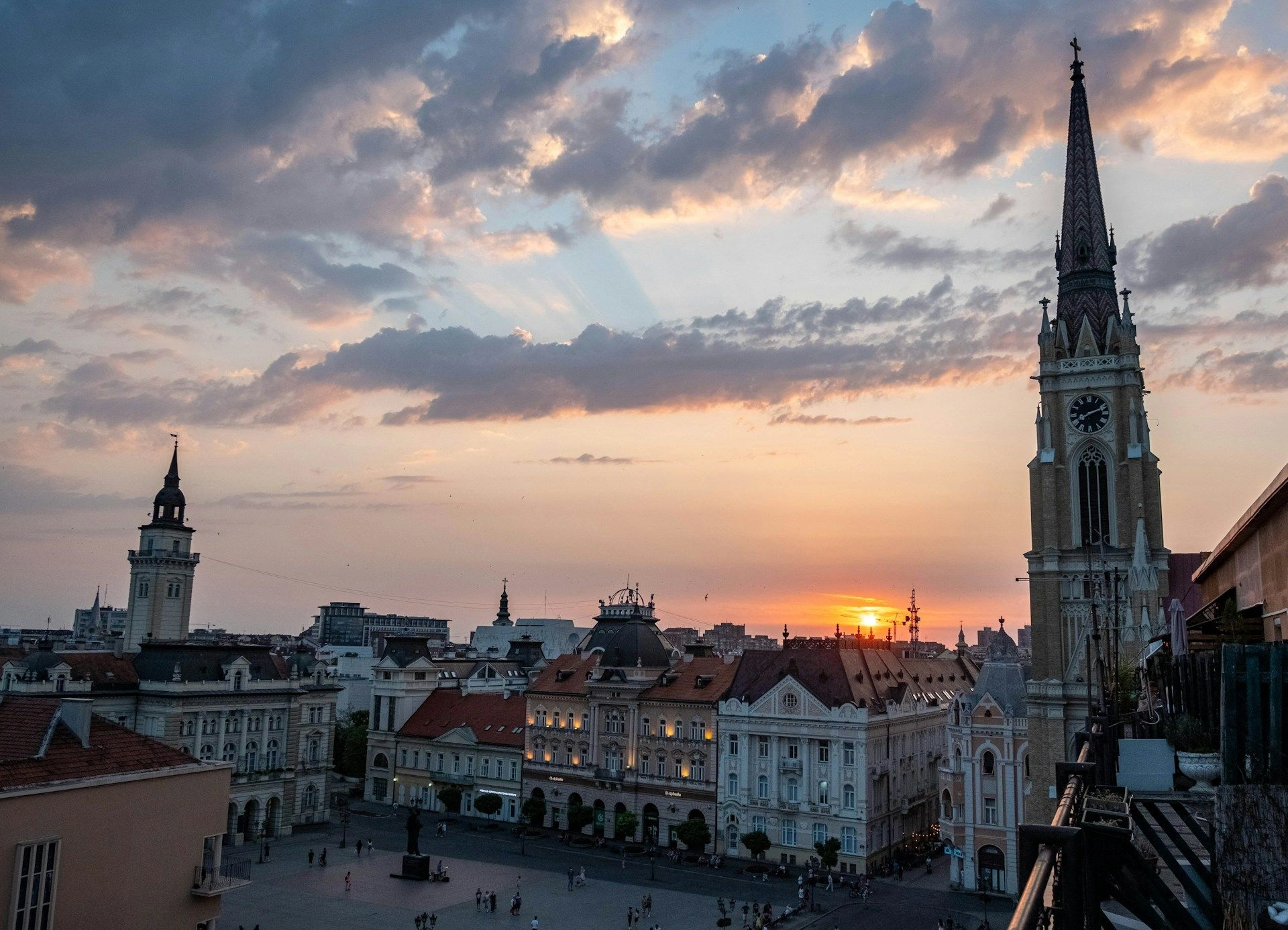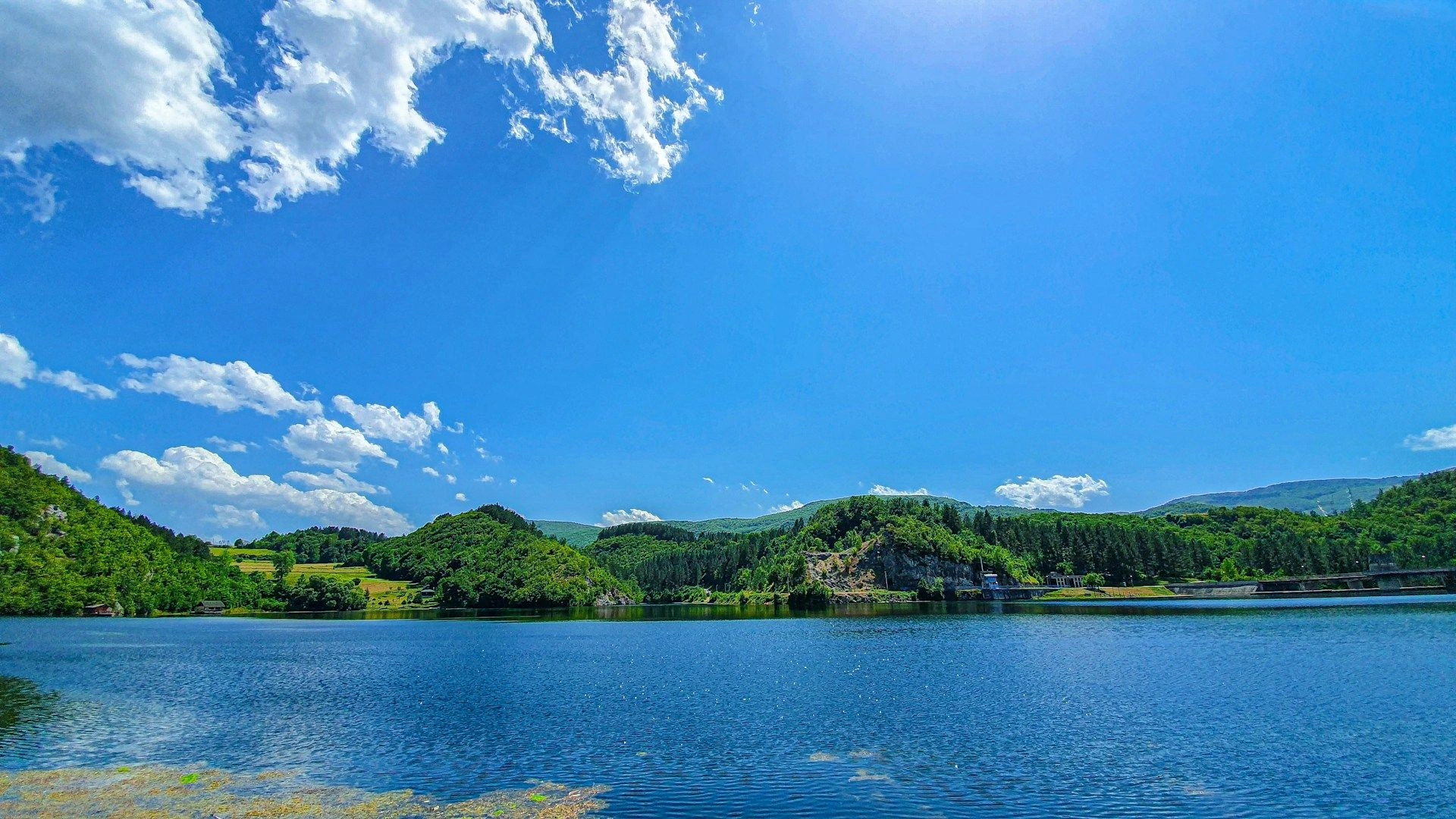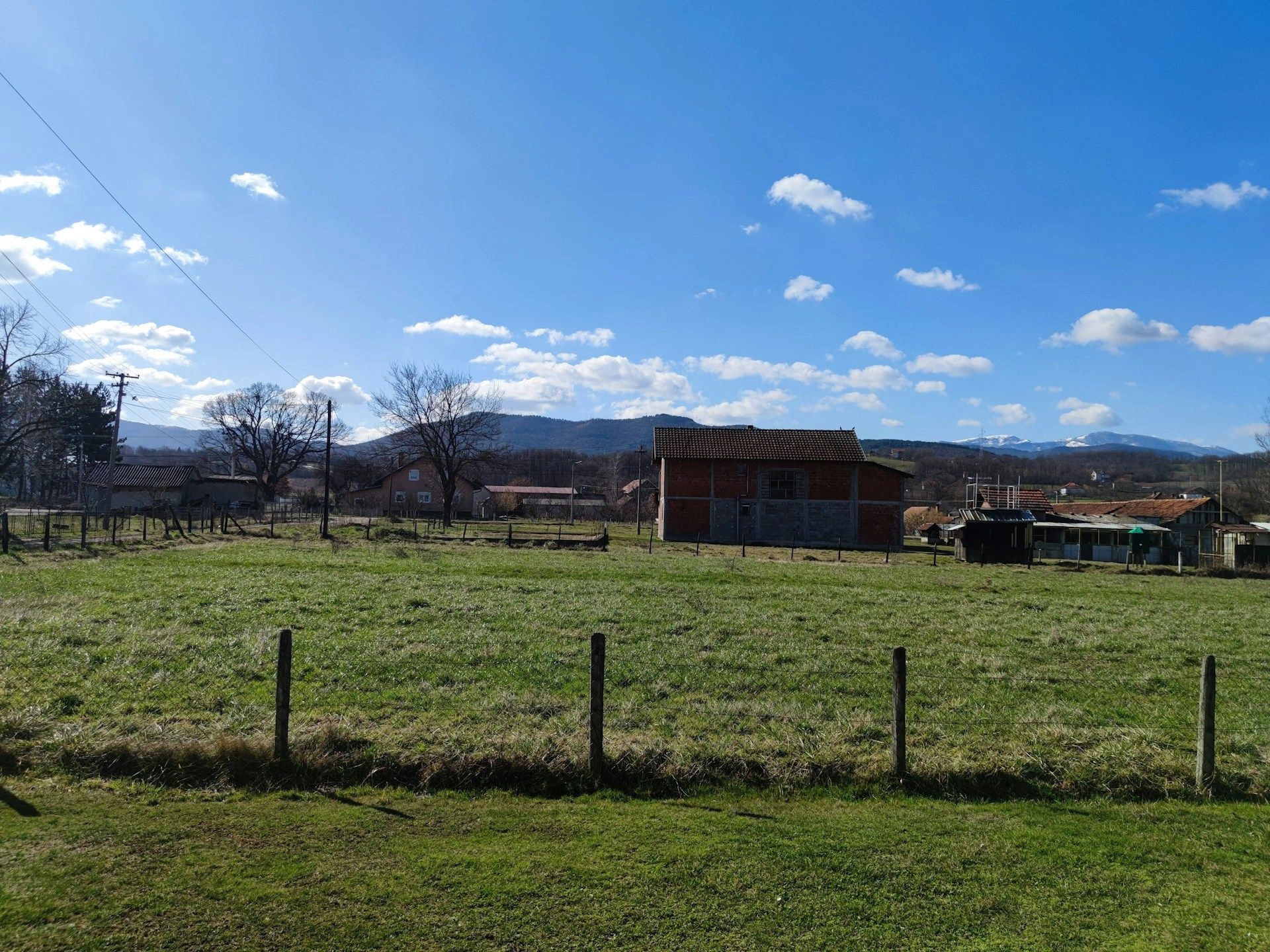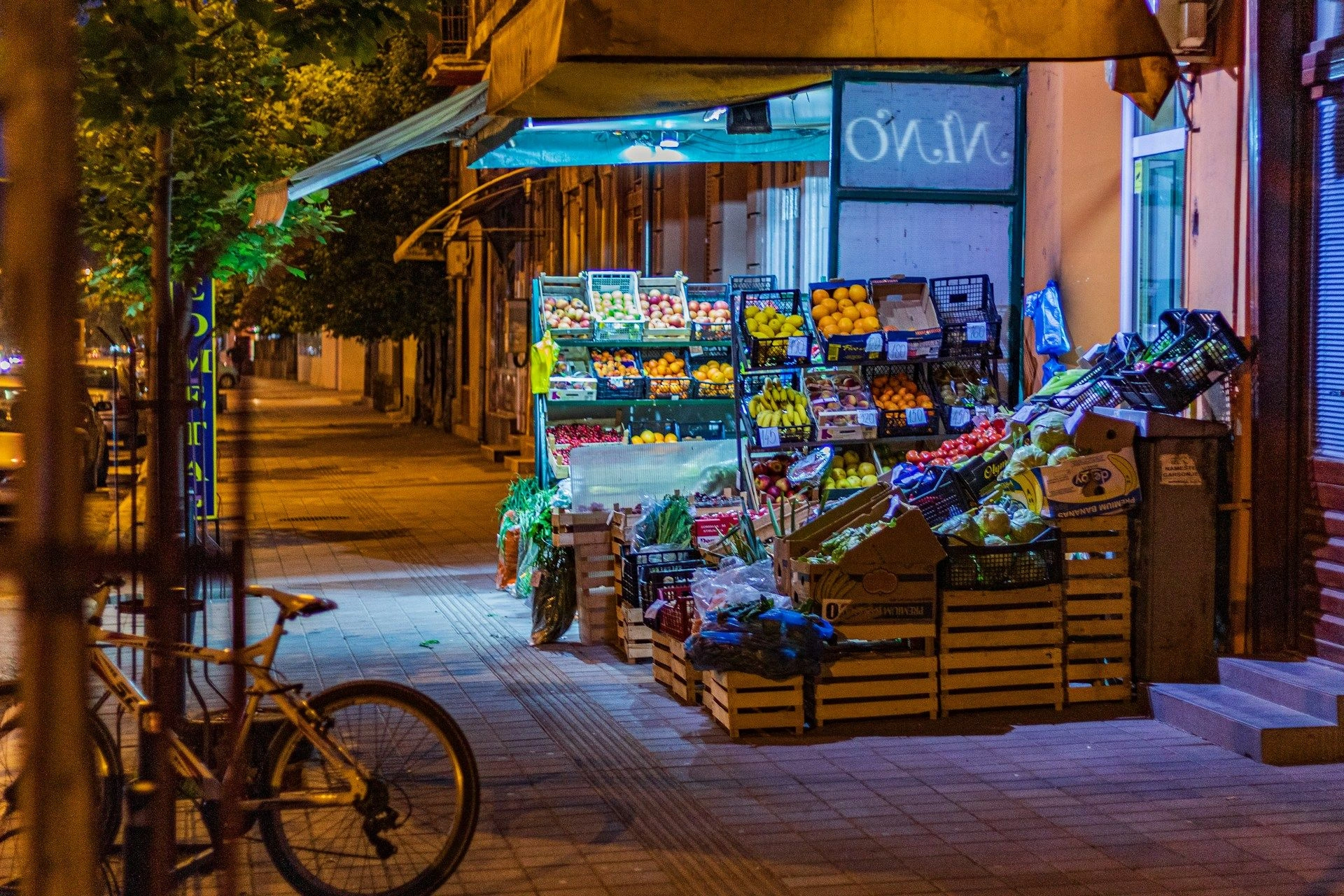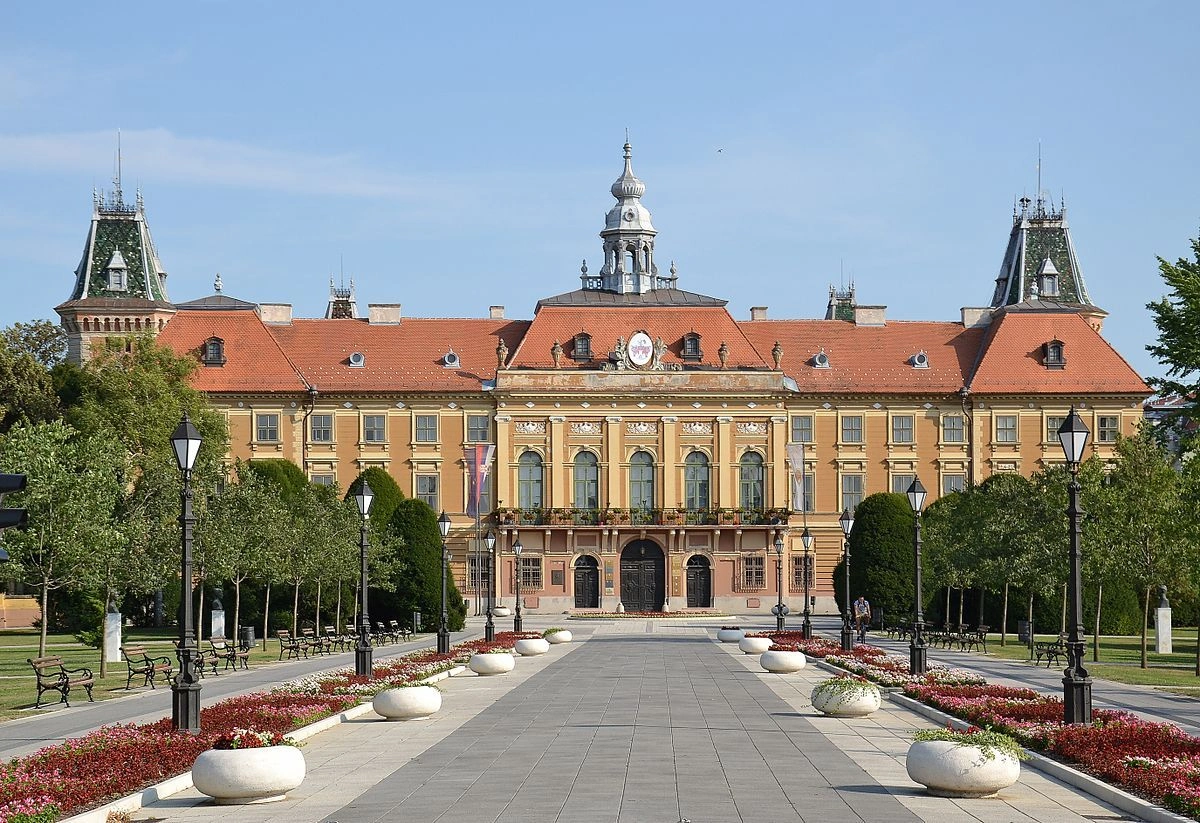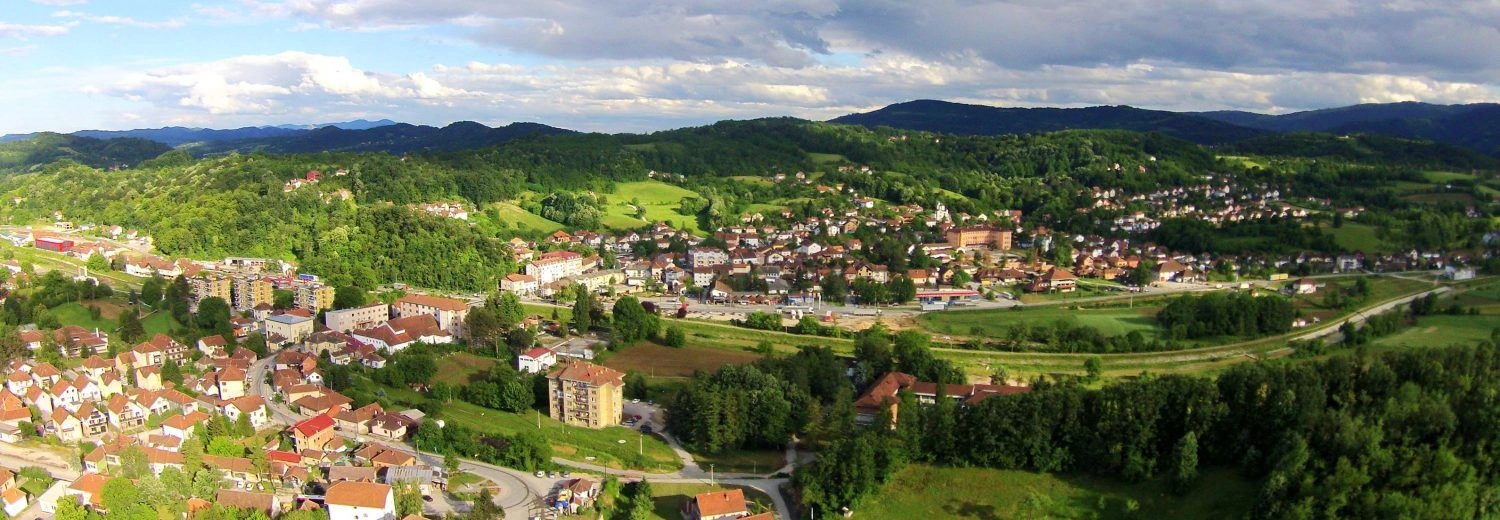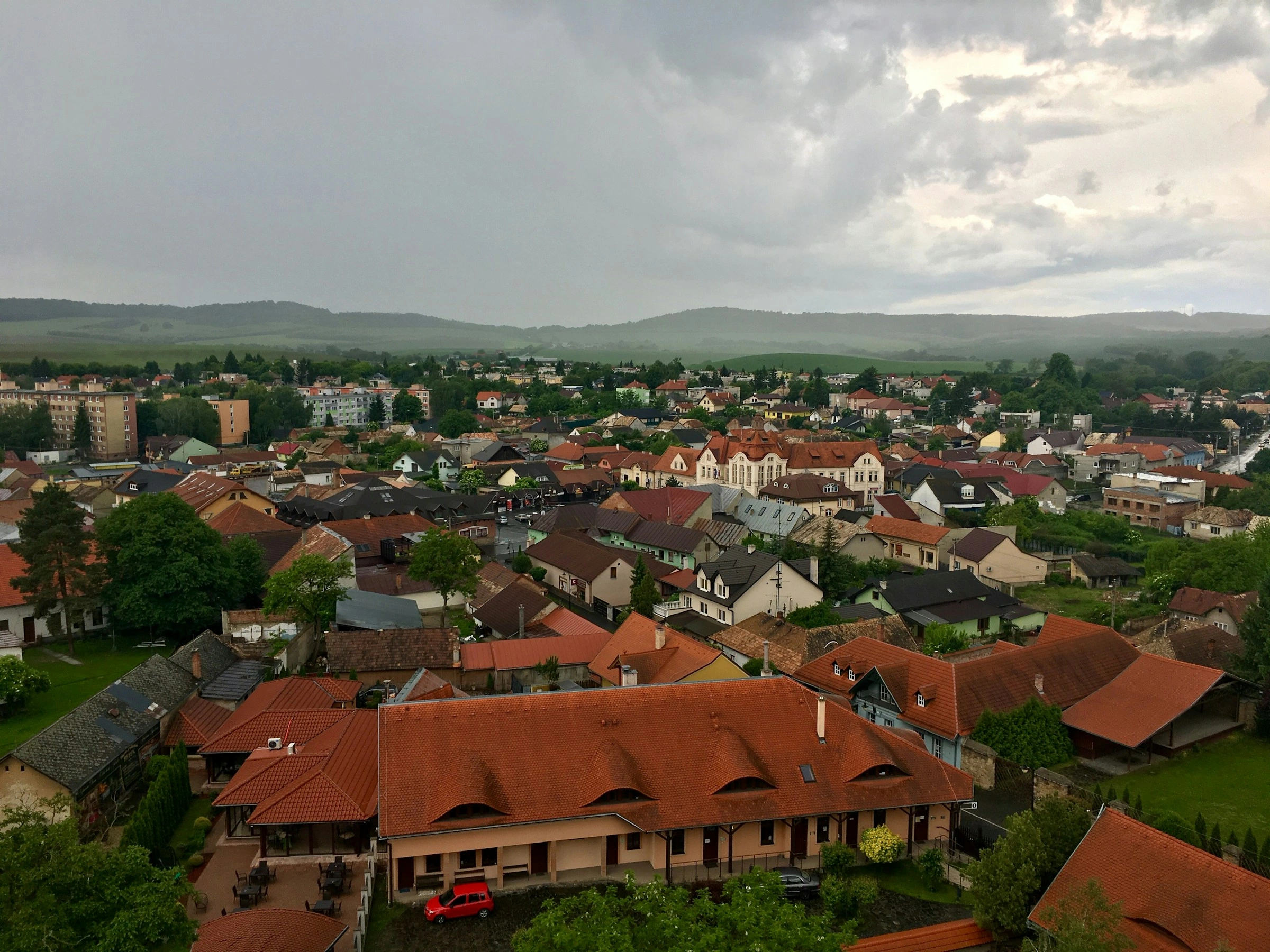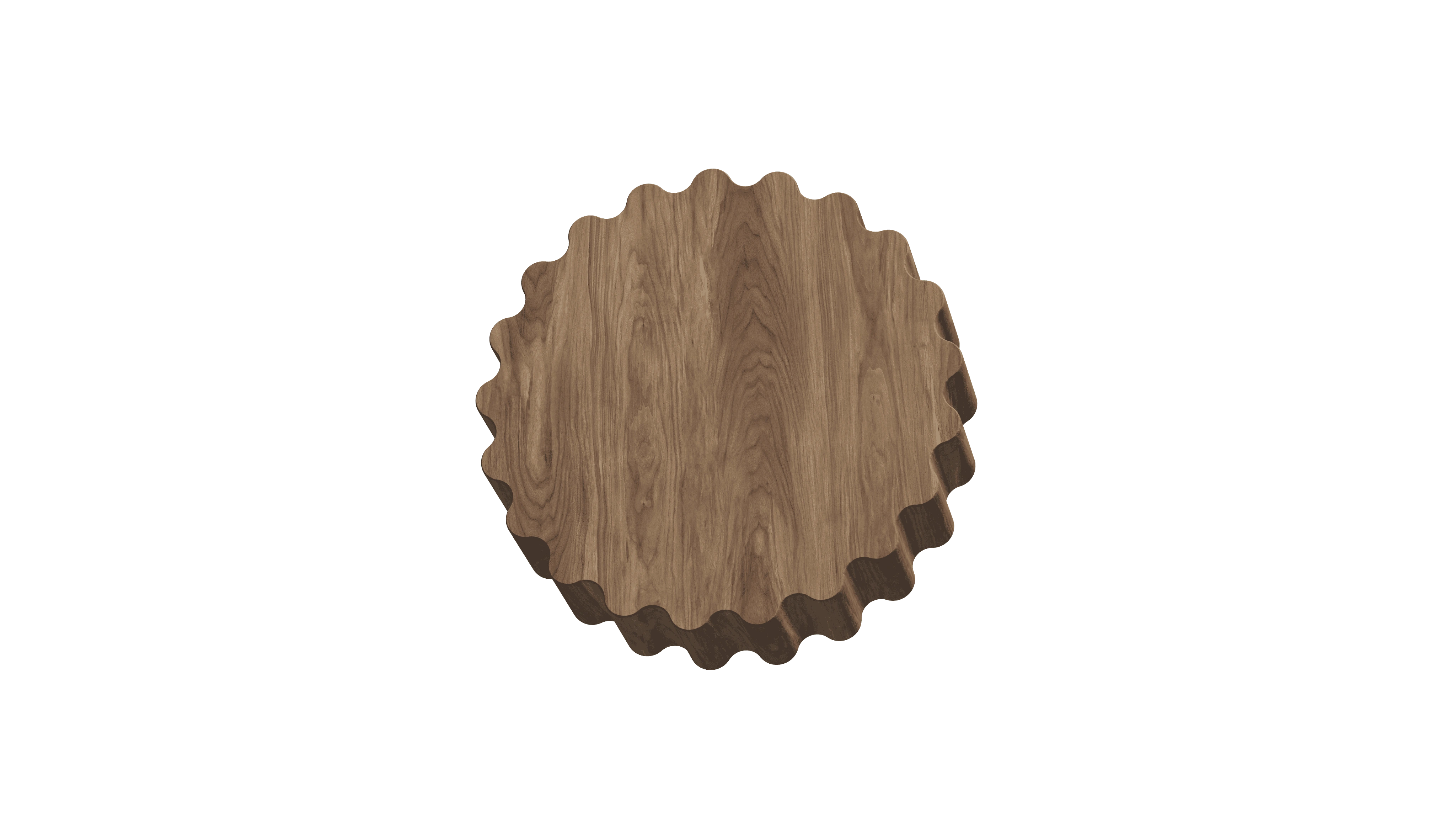Worldwide real estate focused on SerbiaGlobal owner listings with verified details

Best offers
in Serbia
Benefits of investment in
Serbia real estate
Balanced climate
Serbia’s moderate seasons and stable urban infrastructure shape predictable building behavior. Direct-owner homes help buyers understand insulation performance, heating patterns, and daily comfort across cities and smaller towns with varied microclimates.
Transparent ownership
Many Serbian properties remain in families for long periods, producing detailed renovation logs, structural repair notes, and utility histories. Buyers gain clear visibility into real usage conditions and long-term maintenance expectations.
Diverse housing
Serbia offers historic cores, mid-century districts, new complexes, and extensive private housing. Direct-owner listings reveal differences in materials, layout styles, heating systems, and neighborhood structure across this geographically varied country.
Balanced climate
Serbia’s moderate seasons and stable urban infrastructure shape predictable building behavior. Direct-owner homes help buyers understand insulation performance, heating patterns, and daily comfort across cities and smaller towns with varied microclimates.
Transparent ownership
Many Serbian properties remain in families for long periods, producing detailed renovation logs, structural repair notes, and utility histories. Buyers gain clear visibility into real usage conditions and long-term maintenance expectations.
Diverse housing
Serbia offers historic cores, mid-century districts, new complexes, and extensive private housing. Direct-owner listings reveal differences in materials, layout styles, heating systems, and neighborhood structure across this geographically varied country.

Useful articles
and recommendations from experts
How Serbia’s climate, housing diversity, and long-term ownership traditions shape its direct-owner real estate market
Why Serbia attracts buyers looking for direct-owner properties
Serbia presents a stable and practical environment for direct-owner real estate transactions. It combines moderate seasonal weather, compact urban layouts, and a strong culture of long-term property ownership. Buyers searching for property for sale in Serbia often appreciate the transparency and detailed maintenance histories that owners provide. These qualities help evaluate heating performance, insulation strength, and daily comfort across cities, towns, and suburban areas.
Serbia’s climate ranges from cold winters to warm summers, shaping how buildings ventilate, retain heat, and handle moisture. Buyers browsing real estate listings in Serbia rely on owner insights to understand utility behavior, seasonal adjustments, and overall structural durability. Because many homes remain in families for decades, owners accumulate clear records describing renovation stages, plumbing improvements, electrical updates, and insulation upgrades.
Direct-owner transactions offer an advantage by giving buyers access to usage-based information that is not always available through intermediaries. Individuals exploring sale by owner real estate gain an understanding of how a home performs in real conditions rather than idealized descriptions. This is especially relevant in Serbia, where building eras vary significantly between cities and rural settlements.
The types of properties commonly sold directly by owners in Serbia
Serbia’s housing landscape includes historic urban centers, mid-century residential districts, new developments, and extensive private housing in suburban and rural areas. Direct-owner sales occur across all these formats, each offering insight into long-term structural behavior.
Historic districts in cities like Belgrade, Novi Sad, and Niš feature older buildings with brick construction, thicker walls, and characteristic layouts. Buyers wanting to find a property in these areas often review modernization logs maintained by owners, describing plumbing replacements, insulation reinforcement, and electrical rewiring. These logs help determine how well an older building adapts to modern comfort needs.
Mid-century districts, especially common across Serbia, provide stable layouts, predictable heating systems, and reliable utilities. Buyers searching for housing for sale in these neighborhoods examine seasonal heating routines, ventilation patterns, and interior maintenance cycles. Owners typically preserve utility records and repair histories based on long-term usage.
New developments in expanding urban and suburban zones offer improved engineering systems, modern insulation materials, and contemporary layouts. Buyers evaluating real estate listings in these buildings consider energy performance, communal fees, parking access, and noise insulation. Direct-owner homes in such complexes often include construction documents and warranty details that support transparent evaluation.
Serbia’s rural and village areas present a large inventory of private detached homes, cottages, and traditional houses. Buyers browsing by owner houses for sale in these regions examine heating type, roof strength, wall insulation, land quality, and year-round accessibility. Owners typically maintain detailed notes describing exterior maintenance, boiler servicing, land drainage, and structural repair cycles.
Documentation clarity and the legal process for direct-owner purchases
Real estate purchases in Serbia follow a structured legal process that requires verifying ownership rights, cadastral data, technical documentation, and renovation approvals. Serbia’s long-term ownership culture results in accurate records that contribute to transaction transparency.
Direct-owner listings often include heating logs, plumbing modernization notes, insulation updates, structural repairs, and energy usage information. Buyers examining property for sale in Serbia use these documents to evaluate seasonal comfort and long-term maintenance needs. In a climate with defined seasonal changes, practical details from owners are especially valuable.
After agreeing on terms, the purchase process includes drafting a sales contract, performing notarization, and completing official title registration. Buyers exploring buying homes directly from owners benefit from detailed explanations of heating behavior, ventilation flow, and utility patterns throughout the year.
How Serbia’s district variety influences pricing and housing behavior
Pricing in Serbia varies according to city size, infrastructure quality, building age, renovation level, and proximity to amenities. Buyers browsing housing for sale in large cities encounter higher pricing due to strong demand, accessible transport, and modern developments.
Historic city centers typically show higher pricing influenced by architectural character and limited supply. Buyers searching for property for sale in these districts examine insulation quality, window durability, plumbing condition, and heating stability.
Mid-century districts provide moderate pricing shaped by predictable building performance and stable utilities. Buyers browsing real estate listings in these neighborhoods compare renovation depth, utility costs, and interior layout efficiency.
New residential developments reflect pricing linked to construction quality, engineering standards, and communal infrastructure. Buyers evaluating modern buildings consider sound insulation, parking organization, heating system efficiency, and energy usage.
Private homes in rural areas and small towns display pricing influenced by heating type, land condition, accessibility during winter months, and drainage behavior. Buyers exploring buying houses in such areas review boiler performance, roof durability, insulation thickness, and land slope. Direct-owner clarification helps evaluate long-term suitability for year-round living.
Examples of direct-owner activity across Serbia
- Belgrade: Historic and modern buildings with detailed renovation logs and predictable heating performance.
- Novi Sad: Mid-century districts and new developments offering balanced utilities and documented structural updates.
- Niš: Affordable housing with transparent maintenance histories and stable utility patterns.
- Kragujevac: Mixed-era homes with reliable heating systems and long-term ownership records.
- Suburban and rural areas: Detached houses with heating logs, insulation notes, and seasonal maintenance documentation.
Who buys direct-owner homes in Serbia
Serbia attracts families seeking stable, spacious living conditions, young professionals relocating from larger urban centers, and buyers looking for predictable utilities and transparent documentation. Families often choose mid-century apartments with steady heating systems. Younger buyers gravitate toward modern developments with updated materials and stronger insulation. Individuals seeking independence explore rural or suburban homes with land and flexible planning.
Investors also browse real estate listings in Serbia, focusing on structural reliability, rental demand, and long-term maintenance requirements. Direct-owner records help investors assess true condition and future upkeep costs.
Examples of direct-owner purchases in Serbia
Belgrade apartment: A buyer obtained a renovated unit with detailed heating logs and insulation updates.
Novi Sad home: A family purchased a mid-century apartment with clear maintenance histories and predictable utility behavior.
Modern development unit: A professional secured a new-build apartment with construction documentation and warranty notes.
Rural house: A relocating buyer acquired a traditional property with boiler servicing records and land drainage notes.
Frequently asked questions
Are direct-owner homes reliable in Serbia? Yes. Most include long-term maintenance documentation due to consistent ownership patterns.
Do direct-owner listings offer better pricing? Often yes, because they exclude commissions and reflect true property condition.
Can foreign buyers purchase property directly? Yes, depending on reciprocity agreements and property type.
Which documents should buyers review? Cadastral records, technical passports, renovation approvals, and utility logs.
How long does the purchase process take? Typically two to three weeks with complete documentation.
Conclusion: Why Serbia provides a reliable and transparent environment for direct-owner real estate purchases
Serbia’s moderate climate, diverse housing stock, and long-term ownership traditions make it a strong market for buying homes directly from owners. Whether browsing housing for sale in major cities, reviewing real estate listings in suburban areas, or evaluating by owner houses for sale in rural zones, buyers gain clear insight into long-term comfort, structural durability, and daily living conditions.
With consistent utilities, strong documentation practices, and cooperative owner communication, Serbia remains a dependable environment for direct-owner real estate transactions.

